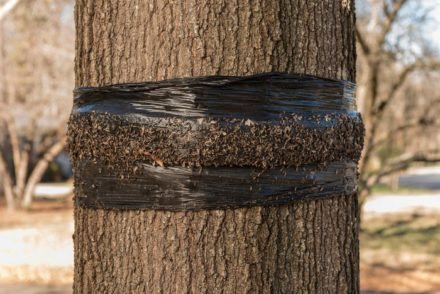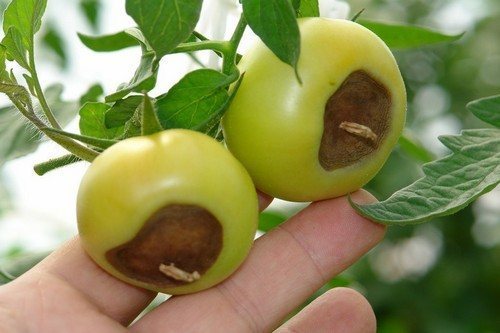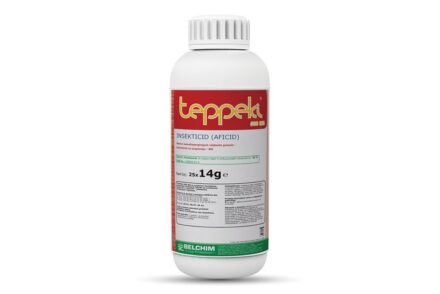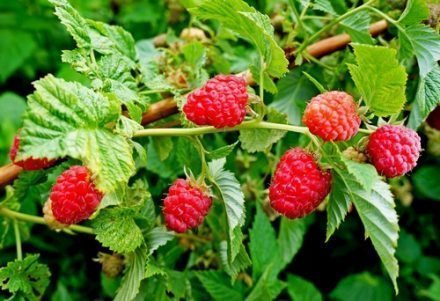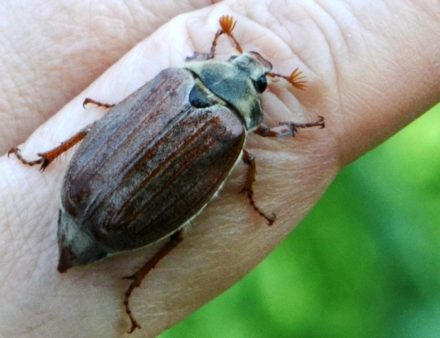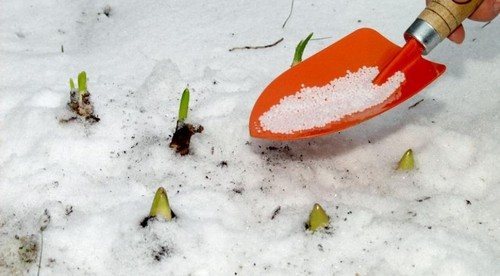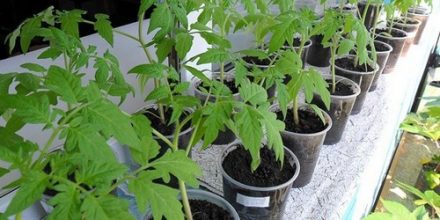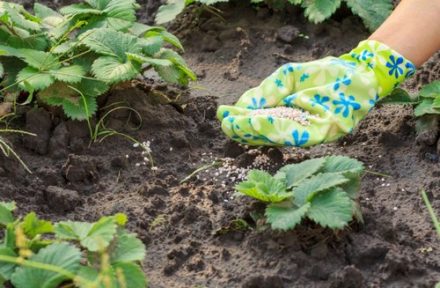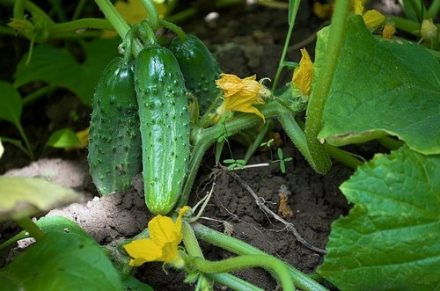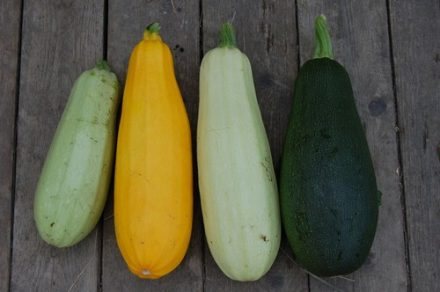Spring is coming to an end, the sun's rays are becoming more persistent every day. Summer residents strive for their land plots; they want to plant as much greenery as possible. But they understand that in spring the weather is unstable, night temperatures can drop to 0°C, and some plants may die. How to protect heat-loving plants from late frosts?
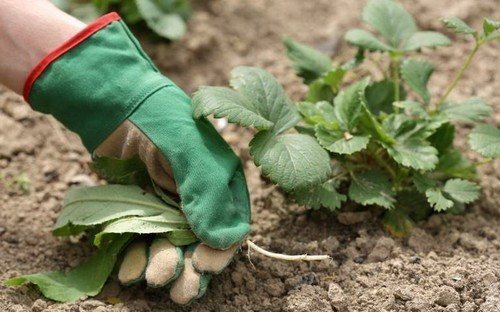
Weather
Weather stations regularly provide operational weather information, but there is no perfect forecast model. It is unrealistic to predict whether there will be frosts or not; the weather forecast is given in general, but for each region it is individual. Therefore, gardeners and gardeners listen to folk signs and adhere to the lunar phases.
- If it gets cold in the evening after 20.00, and the weather is calm and windless, it means it will be below 0 °C.
- During bird cherry flowering, sub-zero temperatures are very possible.
- If it is cold in the first half of May, there will be no frost in the second part of the month.
- Frosts can occur 2-4 days before the new moon, on the day of the new moon, and in the next 2 days after it.
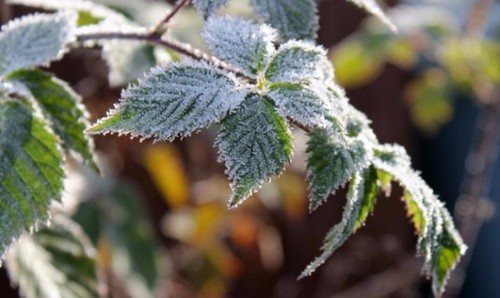
How to harden plants
So that plants are not afraid of frosts and temperature changes, they need to be hardened while still in the seeds and at certain stages of development. After the seeds have started to grow, they are placed on the bottom shelf of the refrigerator (+2, +3˚) for 1-2 days, then transferred to heat (18-20˚) for a day, and again in the cold for 2 days.If you adhere to this rule, the plant will not die due to sudden temperature changes.
It should also be noted that hardening procedures are well tolerated by plants that already have a root system. Root cells contain substances that help increase the plant's frost resistance.
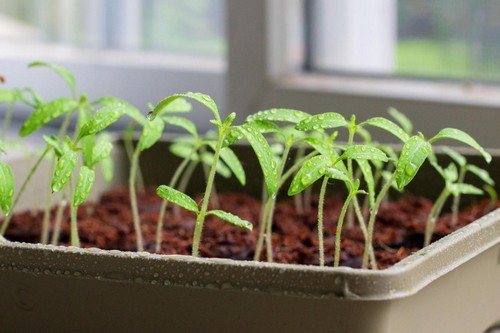
Smoke
If the night temperature drops to -4 °C, then smoke will become a simple, cheap method of protecting the garden. The main thing is to follow the basic rules:
- Make a fire on the leeward side; the material should smolder and not burn.
- The fire should not be made from firewood, but from sawdust, shavings, fallen leaves from last year, even freshly cut grass can be used.
- Place the wood debris in a pile and place a stick in the middle - it will serve as a chimney.
Everything needs to be prepared in advance: as soon as there is a forecast of night frosts, set fire to the pile in the evening. A fire with a diameter of 1.5 meters and a height of 50 cm is capable of protecting a garden area measuring about 1 sq.m.
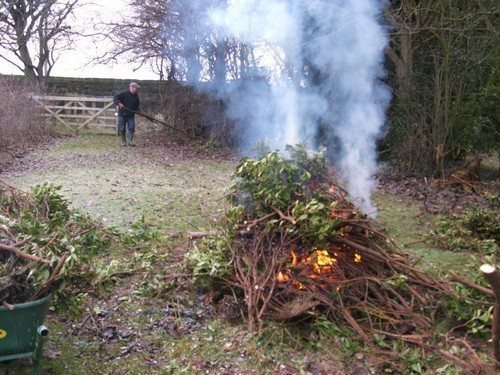
Sprinkling
This type of protection is used when frost is known several hours in advance.
- Watering should be done in the late evening using a sprinkler attachment on a hose, only then the plants can easily tolerate sub-zero temperatures.
- If there is an automatic watering system, then the task is simplified: it needs to be turned on several hours before the temperature peak, i.e. late at night.
- If there are no watering options, you can use a bucket. To do this, during the day, pour water into the tree trunk circles and cover them with film. And remove at temperatures below 0 ° C - the water will evaporate and the steam will protect the crown.
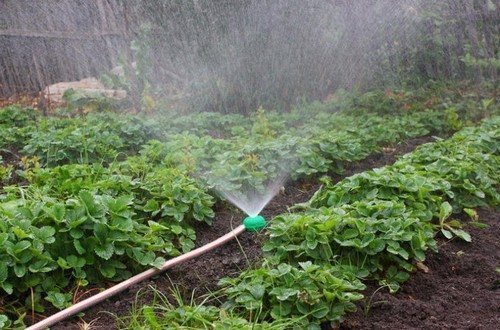
Covering material
Covering material protects plants from frost; it is actively used by summer residents. They cover their plants with ordinary plastic film or use materials such as agrospan mulch, agrotex, geotextile, spunbond. Under such protection, plants can not be afraid of night spring frosts, bright summer sun, or insect pests. They can easily grow stronger and produce a good harvest.
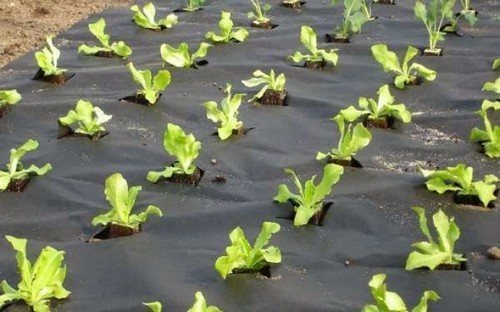
Mulching
Mulch protects the top layer of soil not only from night frosts, but also from other harmful influences. Organic mulch (hay, leaves, bark, sawdust, cut paper, cardboard) is recommended for the garden. Inorganic (rubber, plastic, stone, gravel, sand) is used for rock gardens and rose gardens.
Mulching is an important agrotechnical technique in gardening and horticulture: with its help, an optimal microclimate is created for plants. The soil temperature under the mulch layer will decrease gradually, so the plant will have time to prepare for the cold.
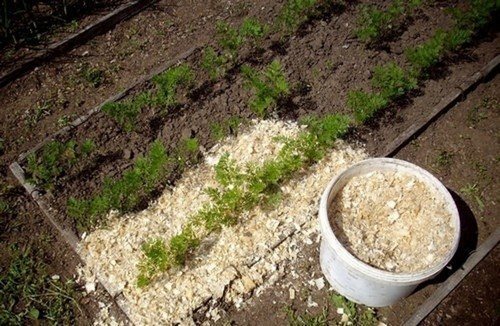
Top dressing
Preliminary foliar feeding will help protect your vegetable garden or garden from frost. It has a positive effect on plants; thanks to its composition, their tissues become more resistant to temperature changes, including frost. To enhance the effect of fertilizing, it is better to carry it out 10-24 hours before the onset of frost.
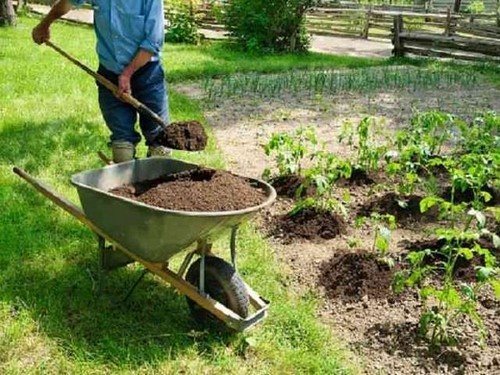
A unique gift of nature
Plants are a unique gift from nature to man, designed to preserve his health for the continuation of life on earth. People appreciate this and try to water them, fertilize them, and protect them from frost.Of course, each plant requires an individual approach, but if you follow the recommendations of experienced gardeners and gardeners, you will be able to grow a good, stable harvest.


